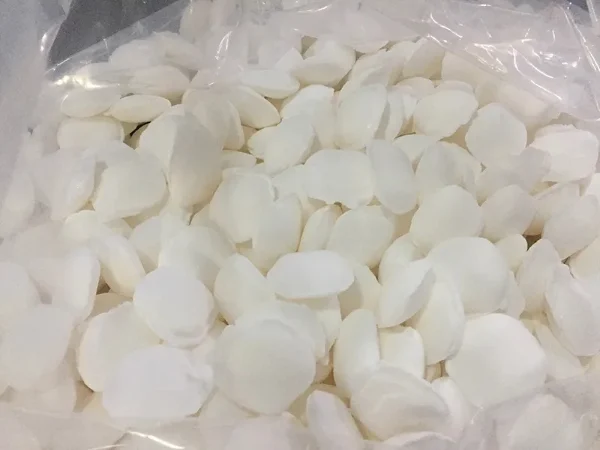
Introduction
In the gold mining and extraction industry, the use of Sodium cyanide in the cyanidation process is a widely adopted method for recovering gold from ore. The concentration of Sodium Cyanide in the leaching solution plays a crucial role in the efficiency and effectiveness of Gold extraction. Precise monitoring and control of this concentration are essential to ensure optimal gold recovery, minimize environmental impact, and maintain the economic viability of the operation.
Importance of Sodium Cyanide Concentration in Gold Production
Gold Dissolution Kinetics
The dissolution of gold in a cyanide solution follows a complex chemical reaction. Adequate sodium cyanide concentration is necessary to drive the reaction forward. A low cyanide concentration may result in slow gold dissolution, leading to incomplete extraction and reduced gold yields. On the other hand, an excessive concentration can cause unnecessary chemical consumption, increased costs, and potential environmental risks.
Ore Characteristics
Different types of ores have varying responses to cyanide. Ores with high sulfide content or complex mineralogy may require higher cyanide concentrations for efficient gold extraction. Monitoring the cyanide concentration allows operators to adjust the process according to the specific characteristics of the ore being processed, maximizing gold recovery while minimizing chemical waste.
Monitoring Methods for Sodium Cyanide Concentration
Titration
Titration is a traditional and widely used method for measuring cyanide concentration. In this method, a standard silver nitrate solution is added to the sample containing cyanide. The silver ions react with cyanide ions to form a silver cyanide complex. The endpoint of the titration is determined using an indicator, and the cyanide concentration can be calculated based on the volume of silver nitrate consumed. Although simple and relatively inexpensive, titration has some limitations, such as being time - consuming and requiring skilled operators to ensure accurate results.
Ion - Selective Electrodes
Ion - selective electrodes (ISEs) offer a more rapid and continuous monitoring option. A cyanide - selective electrode is immersed in the solution, and a potential difference is generated based on the cyanide ion activity in the solution. This potential is then measured and correlated to the cyanide concentration. ISEs provide real - time data, allowing for quick adjustments to the cyanide addition in the process. However, they may require regular calibration and can be affected by interfering substances in the solution.
Spectrophotometry
Spectrophotometric methods rely on the absorption of light by cyanide - related compounds. For example, some reagents react with cyanide to form colored complexes, and the absorbance of these complexes at a specific wavelength is measured. The concentration of cyanide can be determined from a calibration curve. Spectrophotometry offers high sensitivity and accuracy, but it often requires more complex sample preparation and instrumentation.
Control Strategies for Sodium Cyanide Concentration
Automated Dosing Systems
Automated dosing systems are becoming increasingly popular in modern gold plants. These systems are equipped with sensors that continuously monitor the cyanide concentration in the leaching solution. Based on the measured concentration and pre - set target values, the dosing system automatically adjusts the amount of sodium cyanide added to the process. This ensures that the cyanide concentration remains within the optimal range, reducing human error and improving process stability.
Process Optimization Based on Real - Time Data
With the advent of advanced process control technologies, gold producers can now integrate real - time cyanide concentration data with other process parameters such as pH, temperature, and agitation speed. By analyzing these data together, operators can identify correlations and optimize the overall cyanidation process. For example, adjusting the pH of the solution can affect the speciation of cyanide and its reactivity with gold, and coordinated control of these parameters can lead to more efficient gold extraction.
Environmental and Safety Considerations
Sodium cyanide is a highly toxic chemical, and strict environmental and safety regulations govern its use in the gold industry. Precise monitoring and control of cyanide concentration not only improve the efficiency of Gold production but also help to minimize the risk of cyanide leakage and environmental pollution. In addition, proper handling and storage of sodium cyanide, as well as emergency response plans in case of spills, are essential components of a comprehensive safety management system in gold mines.
Conclusion
The monitoring and control of sodium cyanide concentration in gold production are integral to the success of the cyanidation process. Through the use of advanced monitoring techniques and effective control strategies, gold producers can achieve higher gold recovery rates, lower production costs, and better environmental performance. As the gold mining industry continues to evolve, further research and development in this area will undoubtedly lead to more efficient and sustainable gold extraction methods.
- Random Content
- Hot content
- Hot review content
- Sodium Isopropyl Xanthate 90% SIPX
- Oxalic acid for mining 99.6%
- High-precision Delay Element( 25ms- 10000ms)
- Sodium Metal, ≥99.7%
- Calcium Peroxide 60% Assay Yellowish Tablet
- Potassium Permanganate – Industrial Grade
- Pine oil 85% High Quality Pinitol oil 85% Light Yellow To Colorless Oily Liquid
- 1Discounted Sodium Cyanide (CAS: 143-33-9) for Mining - High Quality & Competitive Pricing
- 2Sodium Cyanide 98% CAS 143-33-9 gold dressing agent Essential for Mining and Chemical Industries
- 3Sodium Cyanide 98%+ CAS 143-33-9
- 4Anhydrous Oxalic acid 99.6% Industrial Grade
- 5Oxalic acid for mining 99.6%
- 6Soda Ash Dense / Light 99.2% Sodium Carbonate Washing Soda
- 7Reagent Grade/Industrial Grade Hydrochloric Acid min.31%
- 1Sodium Cyanide 98% CAS 143-33-9 gold dressing agent Essential for Mining and Chemical Industries
- 2High Quality 99% Purity of Cyanuric chloride ISO 9001:2005 REACH Verified Producer
- 3 High-Quality Sodium Cyanide for Leaching
- 4Powdery emulsion explosive
- 5Industry Grade Electron grade 98% Sulfuric Acid H2SO4 Sulphuric Acid Battery Acid Industrial Sulfuric Acid
- 6Colloidal emulsion explosive
- 7sodium hydrosulfide 70% flakes used Mining Industry



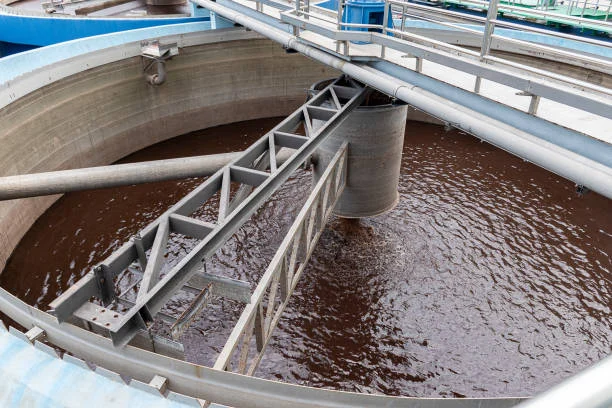
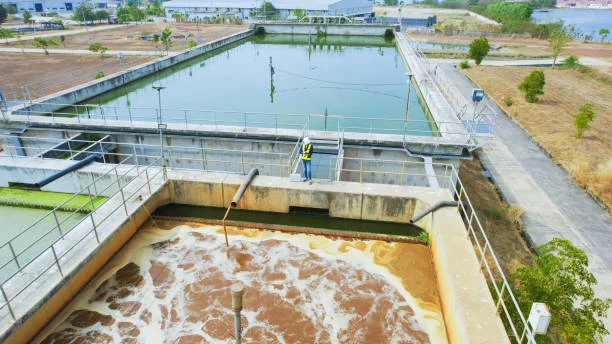

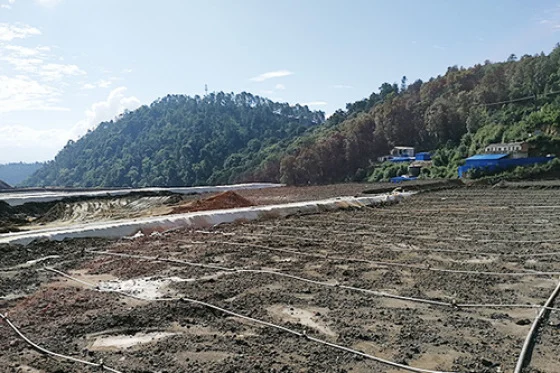

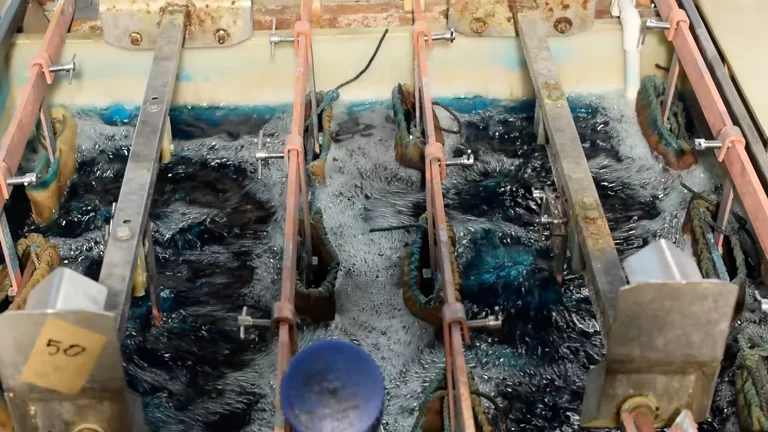



Online message consultation
Add comment: